You Will Shudder When You Hear Horror Stories Of The Only Surviving Medieval Merchant’s House In Conwy
Aberconwy House is a fascinating medieval merchant’s house located at the corner of Castle Street and High Street in Conwy, Wales.
This enchanting building dates back to the early 14th century.
It is the oldest recorded dwelling house in Wales and the only surviving medieval merchant’s house in Conwy.
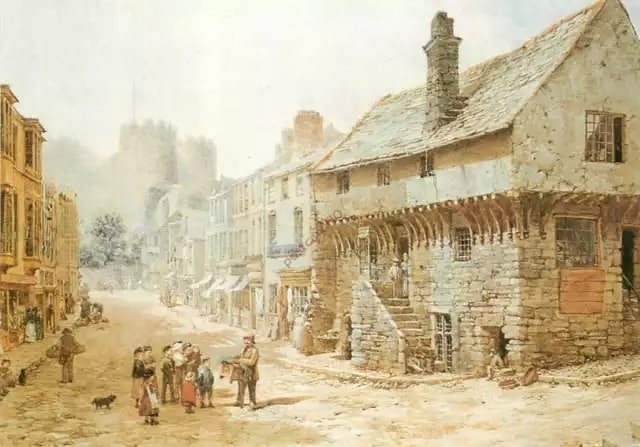
Who were the owners of the house?
Aberconwy House was built around 1417–1420, as showned by tree-ring analysis of its roof timbers.
It was built during the time when Conwy was becoming a key strategic and commercial center following the conquest of Wales by Edward I in the late 13th century.
Early English Merchants:
In 1284, Conwy received a Royal charter, which enouraged English settlers to move to the town.
Many houses like Aberconwy House were built by English merchants who traded goods with the Welsh in the area.
At that time, Aberconwy House served as both a residence and a warehouse for their trading activities.
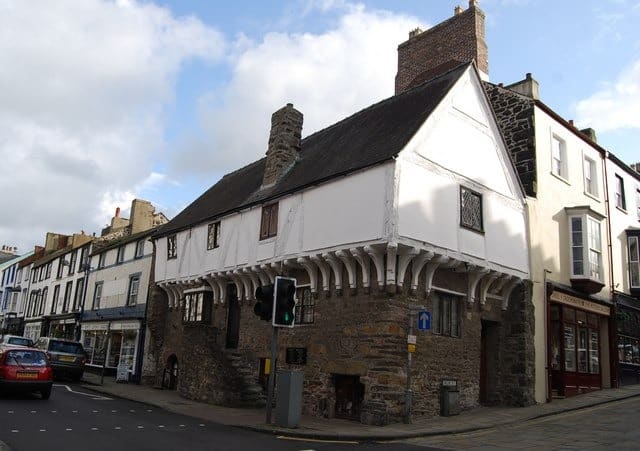
Evan David (17th Century):
Evan David, a local farmer from Benarth, owned Aberconwy House in the 17th century.
He used the house to sell produce from his farm, integrating the agricultural economy with the town’s market.
Captain Samuel Williams (19th Century):
In the 19th century, Captain Samuel Williams, a prominent local figure, owned the house.
He sold various goods, including slate, copper, and lead, reflecting the industrial growth in the region.
His tenure at Aberconwy House showcases the transition from agricultural to industrial commerce in Conwy.
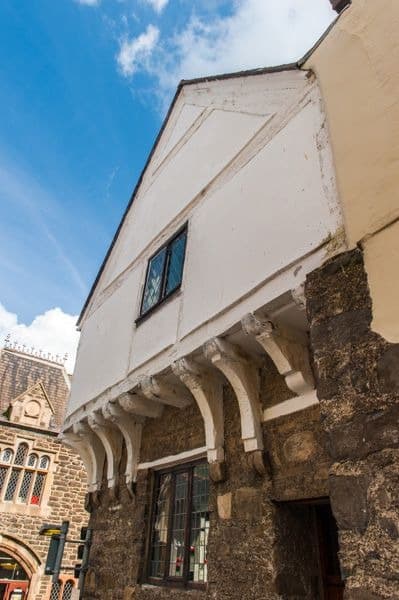
Jane and William Jones (Late 19th to Early 20th Century):
By the late 19th century, Aberconwy House was transformed into a temperance hotel run by Jane and William Jones.
They provided a safe and quiet place to stay, offering an alternative to the rowdy pubs and inns of Conwy.
It also served as an antique shop before falling into disrepair.
Alexander Campbell-Blair (Early 20th Century):
In the early 20th century, Aberconwy House faced the threat of being dismantled and shipped to the United States of America.
Alexander Campbell-Blair bought the house to preserve its heritage.
In 1934, he bequeathed it to the National Trust, ensuring its conservation and public access.
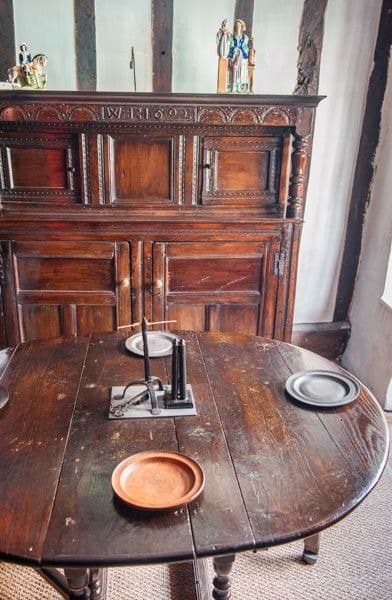
Why is Aberconwy House so special?
Aberconwy House is the only surviving medieval merchant’s house in Conwy.
And it is known for its beautiful timber-framed structure.
The house has two lower floors made of stone and an upper floor made of timber that sticks out over the street.
This design shows that the original owners were prosperous.
The upper floor was added in the 15th century, making the house even more interesting to look at.
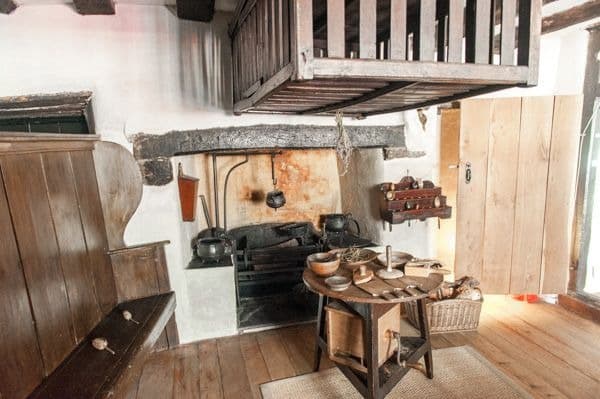
Inside the house, visitors can see rooms decorated in different historical styles.
The ground floor has a kitchen, and the upper floors show rooms from the Georgian, Victorian, and Jacobean periods.
The great loft is especially impressive with its Jacobean design, giving visitors a glimpse into life in the past.
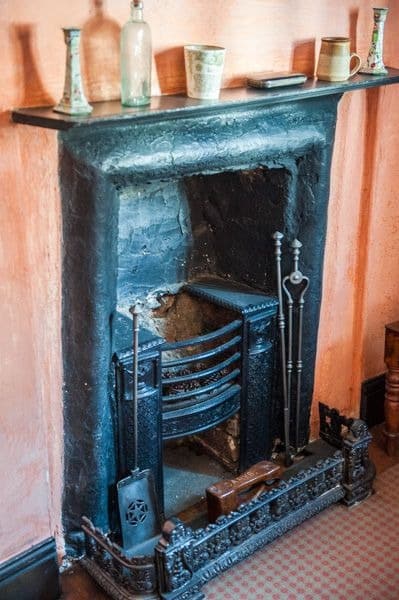
Aberconwy House now is a museum
Today, Aberconwy House is a museum run by the National Trust.
It has a collection of period furniture, including unique items like a horn drinking cup, which helps recreate the feel of Conwy’s past.
Knowledgeable guides share stories and explain how the house was used throughout history.
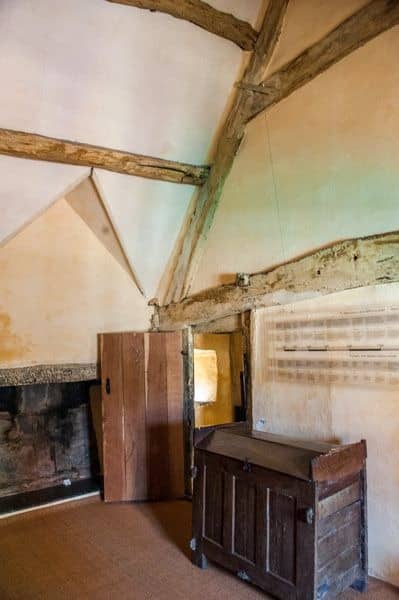
Haunted Reputation
Aberconwy House is also known for its ghost stories. Many visitors and staff have reported strange occurrences in this house.
One of the most commonly reported sightings is that of a man dressed in Victorian clothing.
He is often seen wandering the upper floors, especially near the loft.
Some believe he could be a former owner or guest from when the house was a temperance hotel.
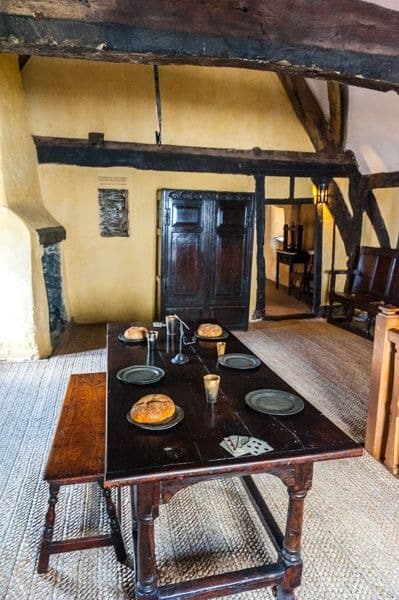
Another frequent sighting is a woman near the loft fireplace, believed to be the wife of one of the early owners.
People have heard unexplained noises like rattling doors, creaking floorboards, and footsteps in the loft.
Items in the National Trust shop in the basement have been found moved during the night. Staff often find displays rearranged without any explanation.
Despite being well-maintained and welcoming, many visitors feel a sudden chill or an unexplainable sense of unease in certain rooms.

